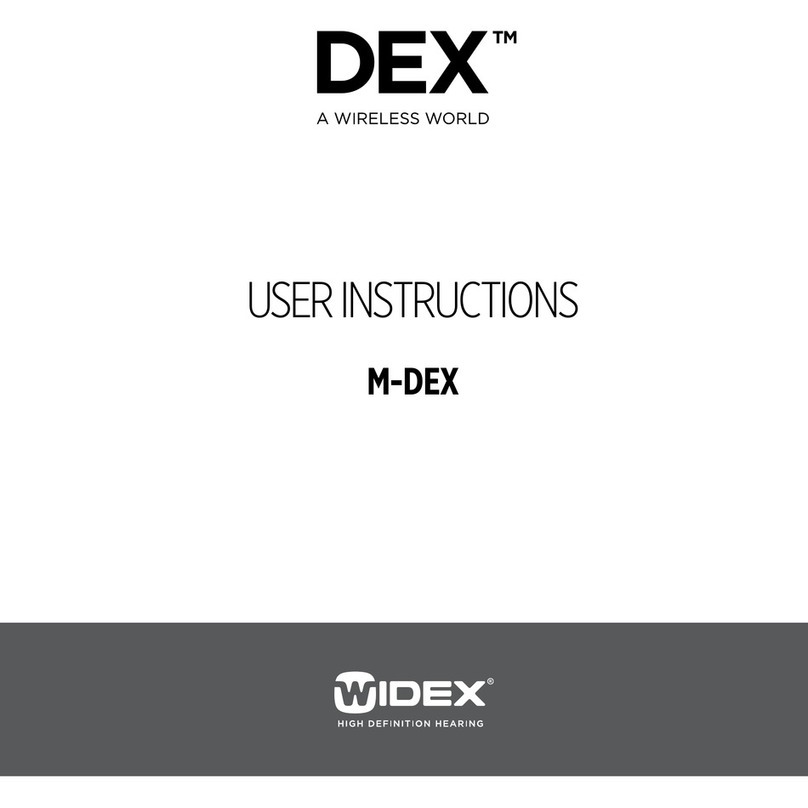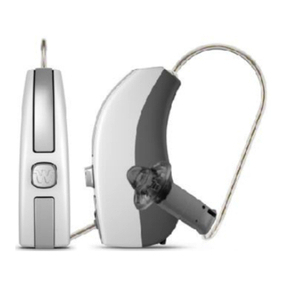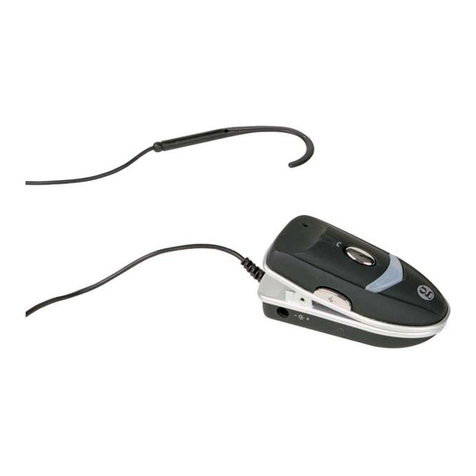Widex CROS-FA User manual
Other Widex Hearing Aid manuals

Widex
Widex clear 330 Series User manual
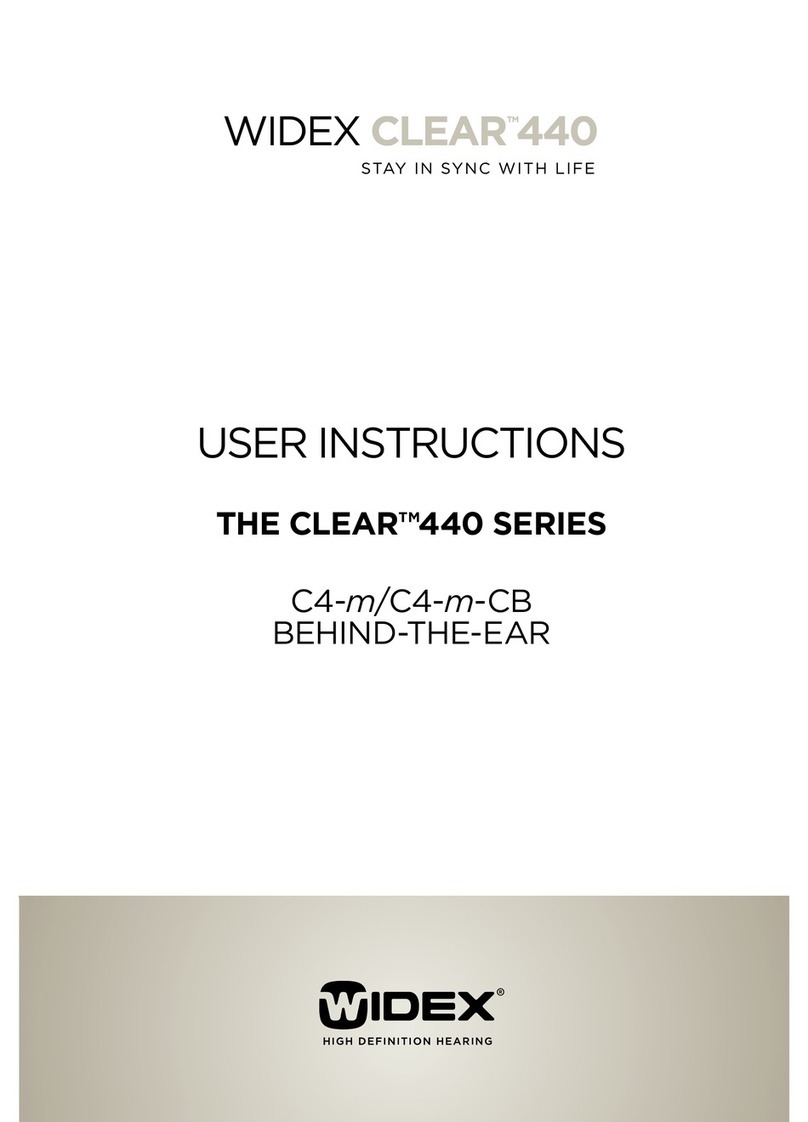
Widex
Widex CLEAR 440 SERIES User manual
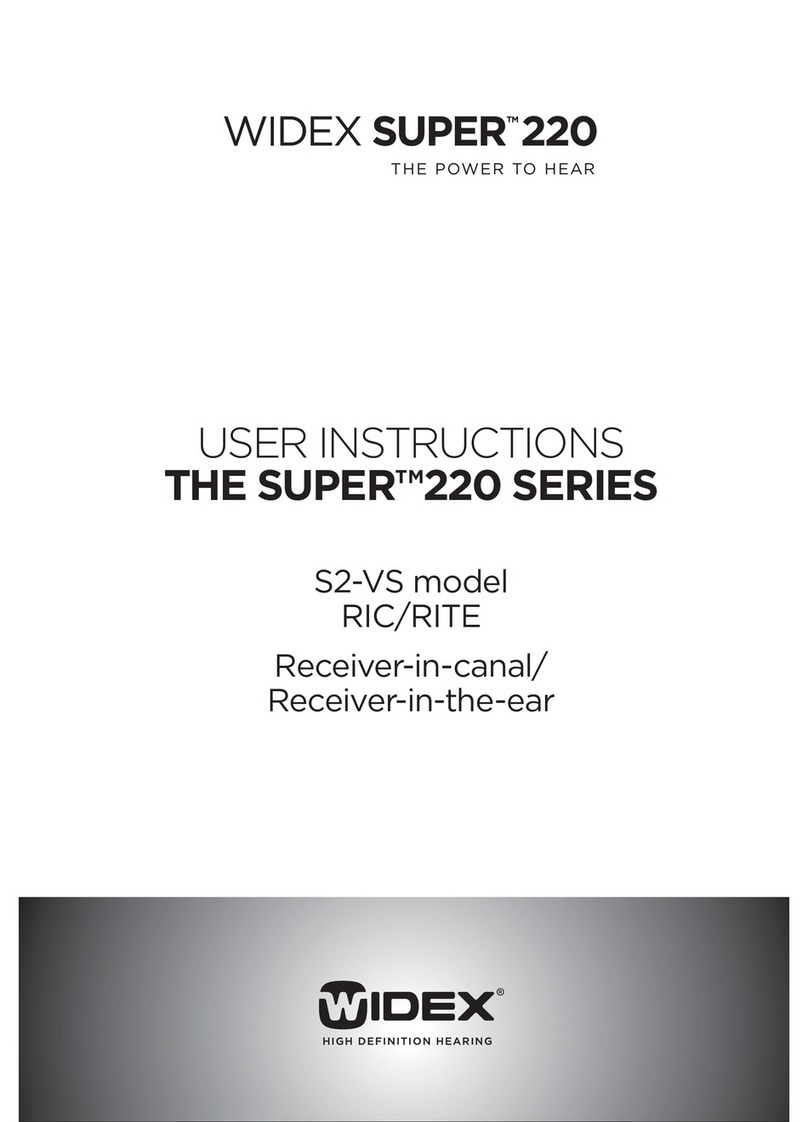
Widex
Widex S2-VS THE SUPER 220 SERIES User manual

Widex
Widex MOMENT Series User manual
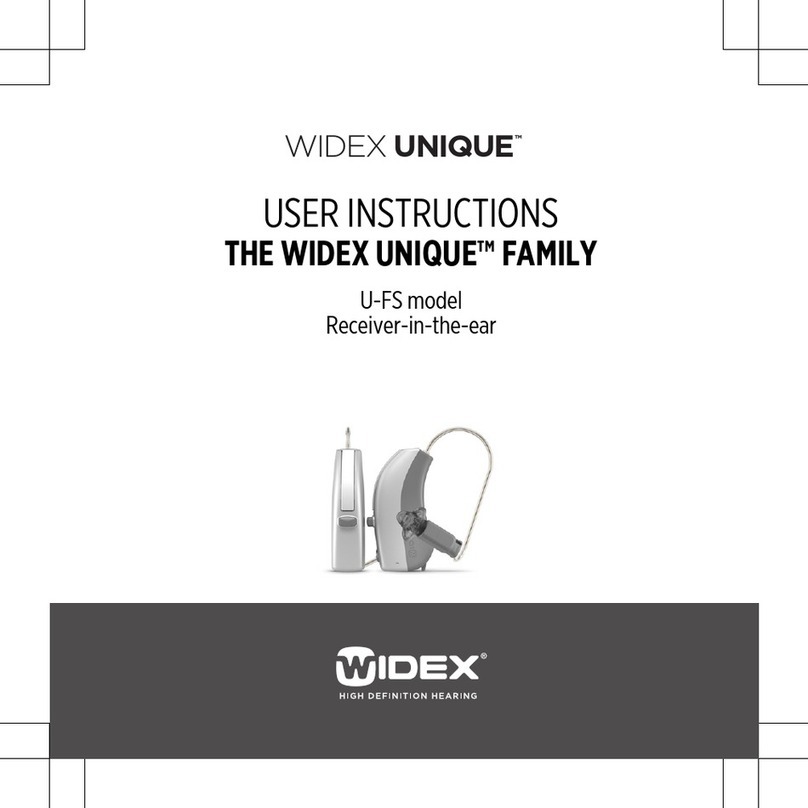
Widex
Widex UNIQUE Series User manual

Widex
Widex FL-19 User manual

Widex
Widex Compass User manual

Widex
Widex PA-440 User manual

Widex
Widex DREAM440 THE DREAM SERIES User manual
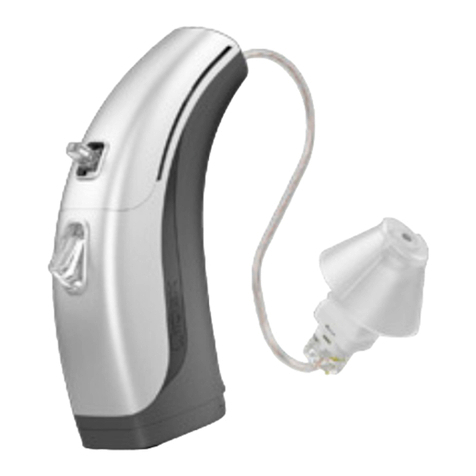
Widex
Widex SUPER 220 S2-VSD User manual
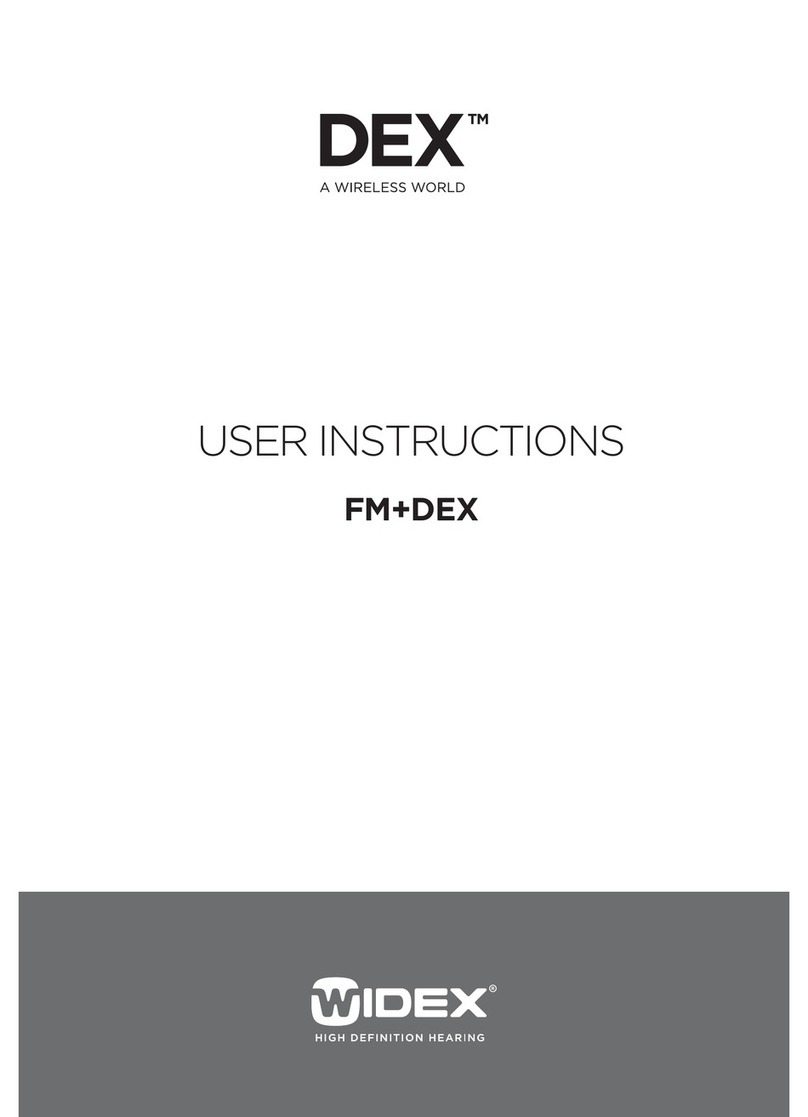
Widex
Widex FM+DEX User manual

Widex
Widex U-FA User manual

Widex
Widex m4-m User manual
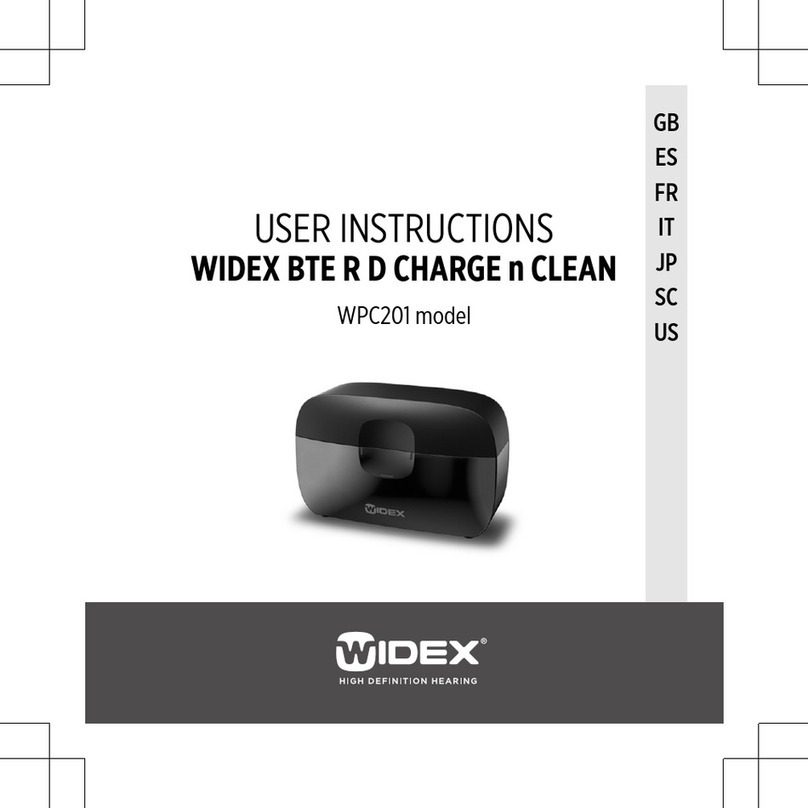
Widex
Widex WPC201 User manual

Widex
Widex CLEAR 220 SERIES User manual

Widex
Widex Passion - RIC User manual
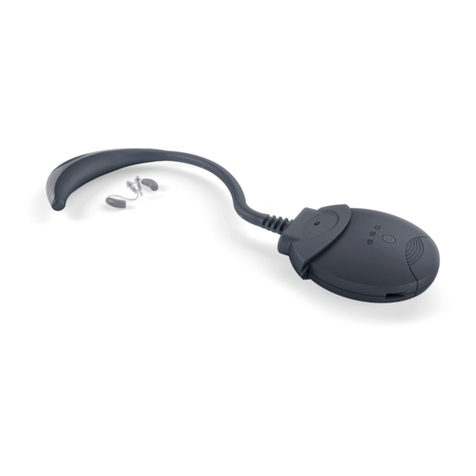
Widex
Widex nEARCOM User manual
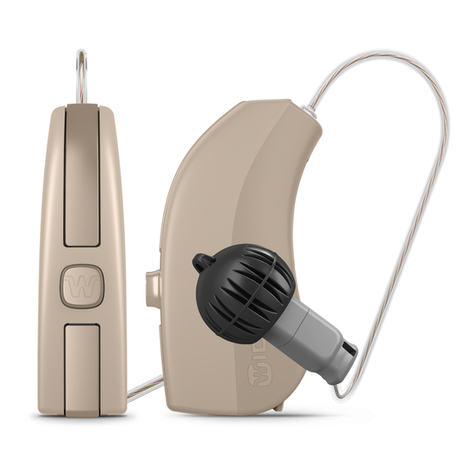
Widex
Widex EVOKE E-F2 User manual

Widex
Widex M-DEX User manual
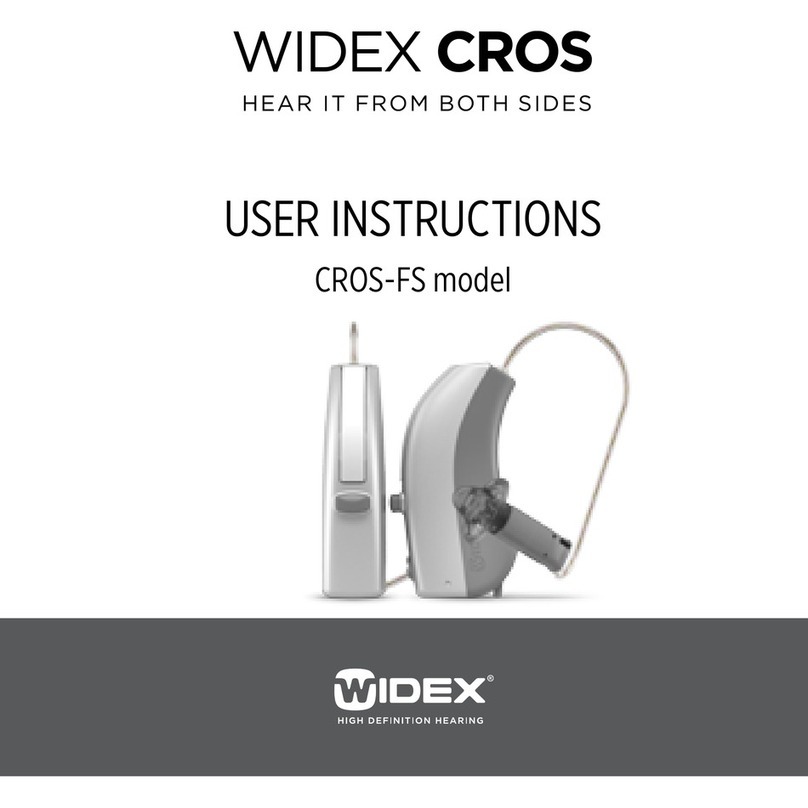
Widex
Widex CROS-FS User manual
